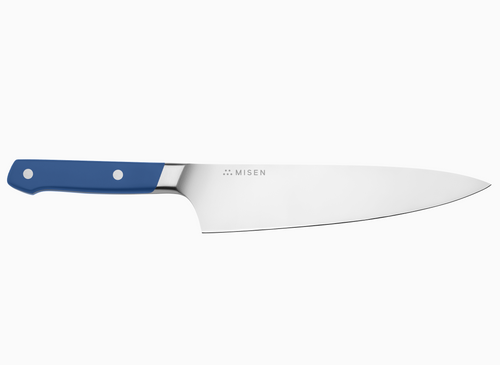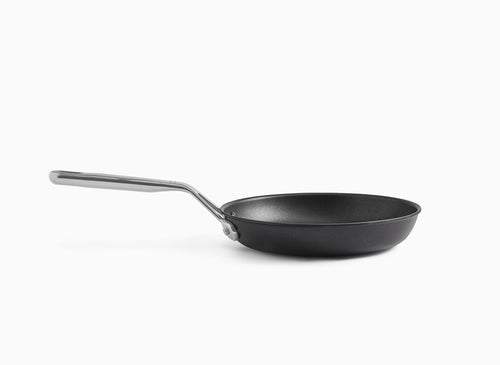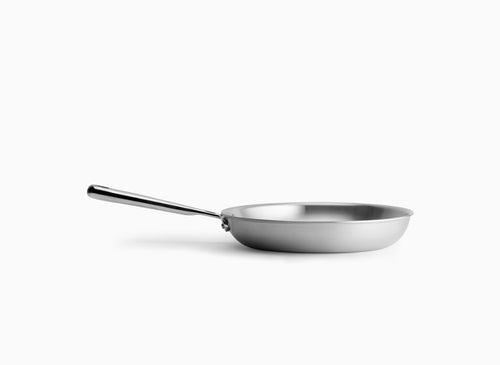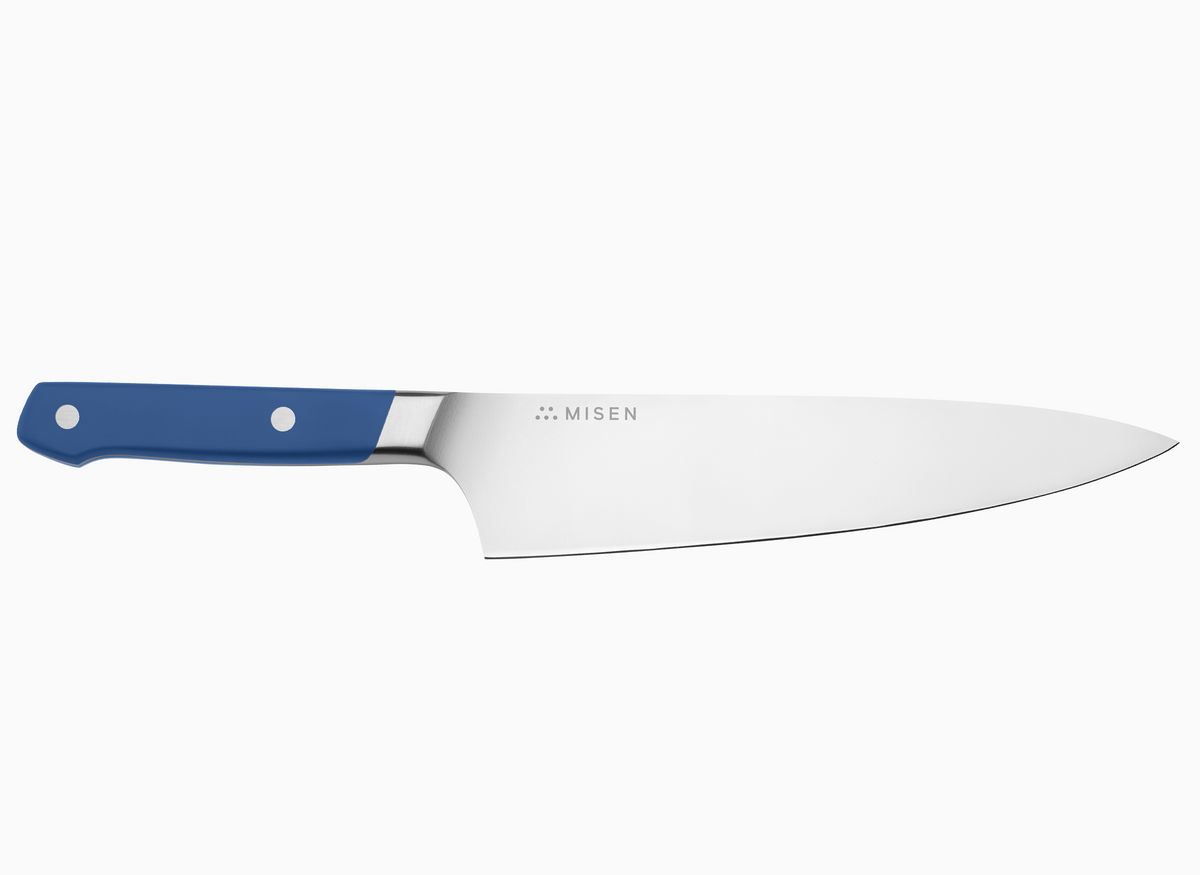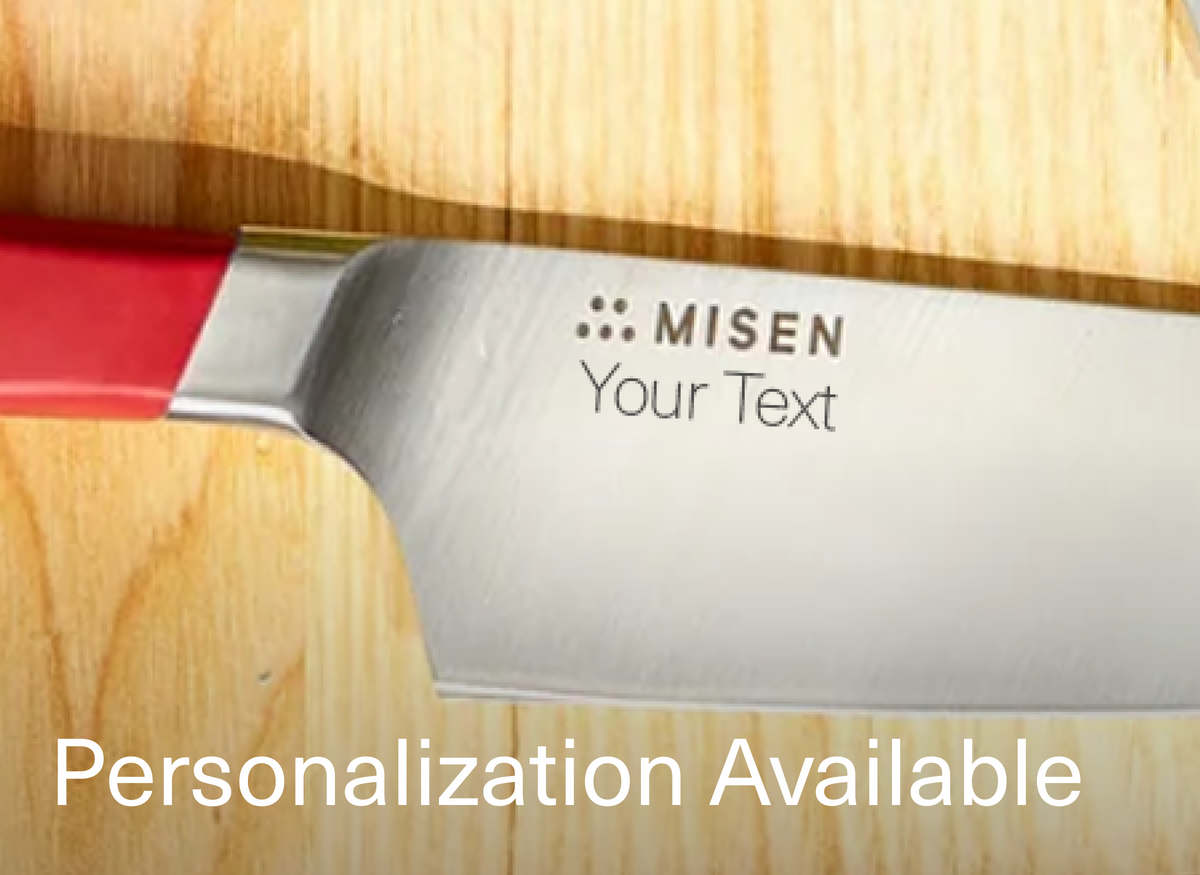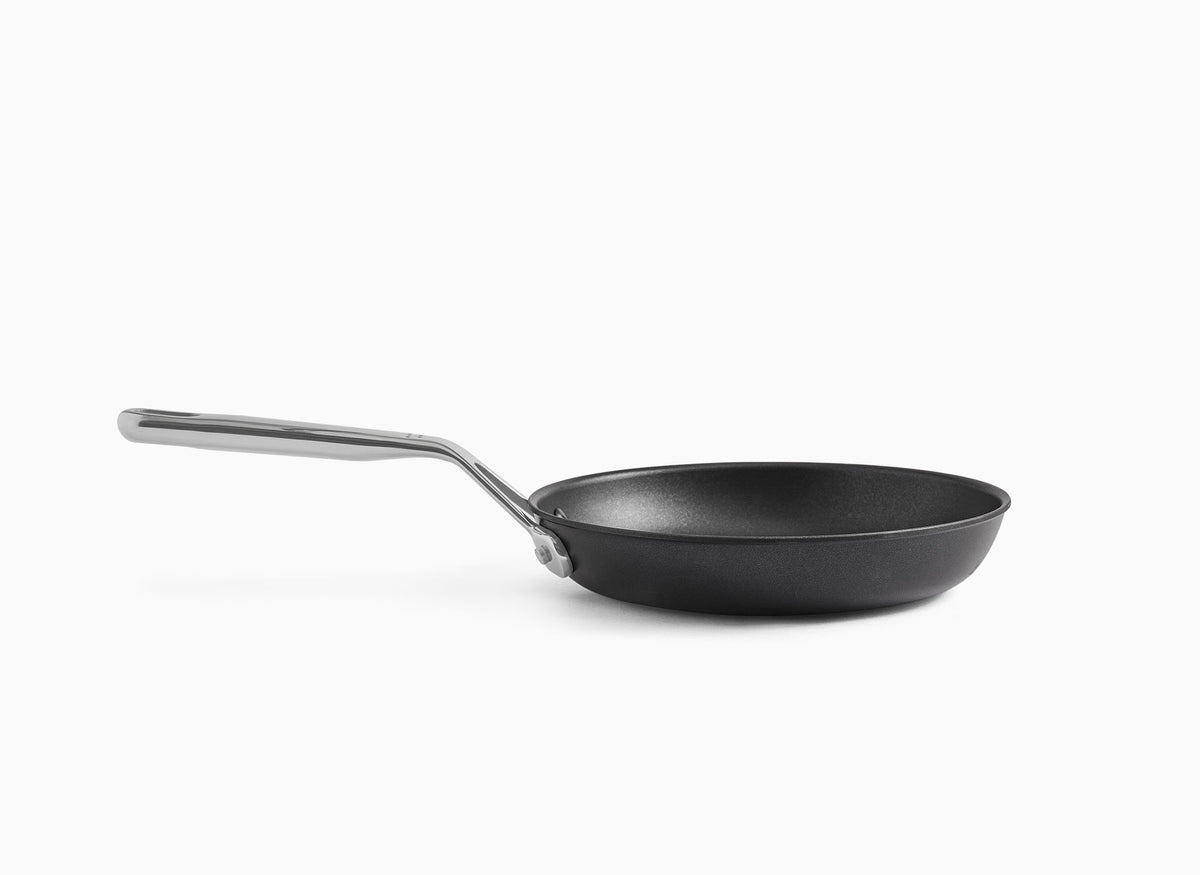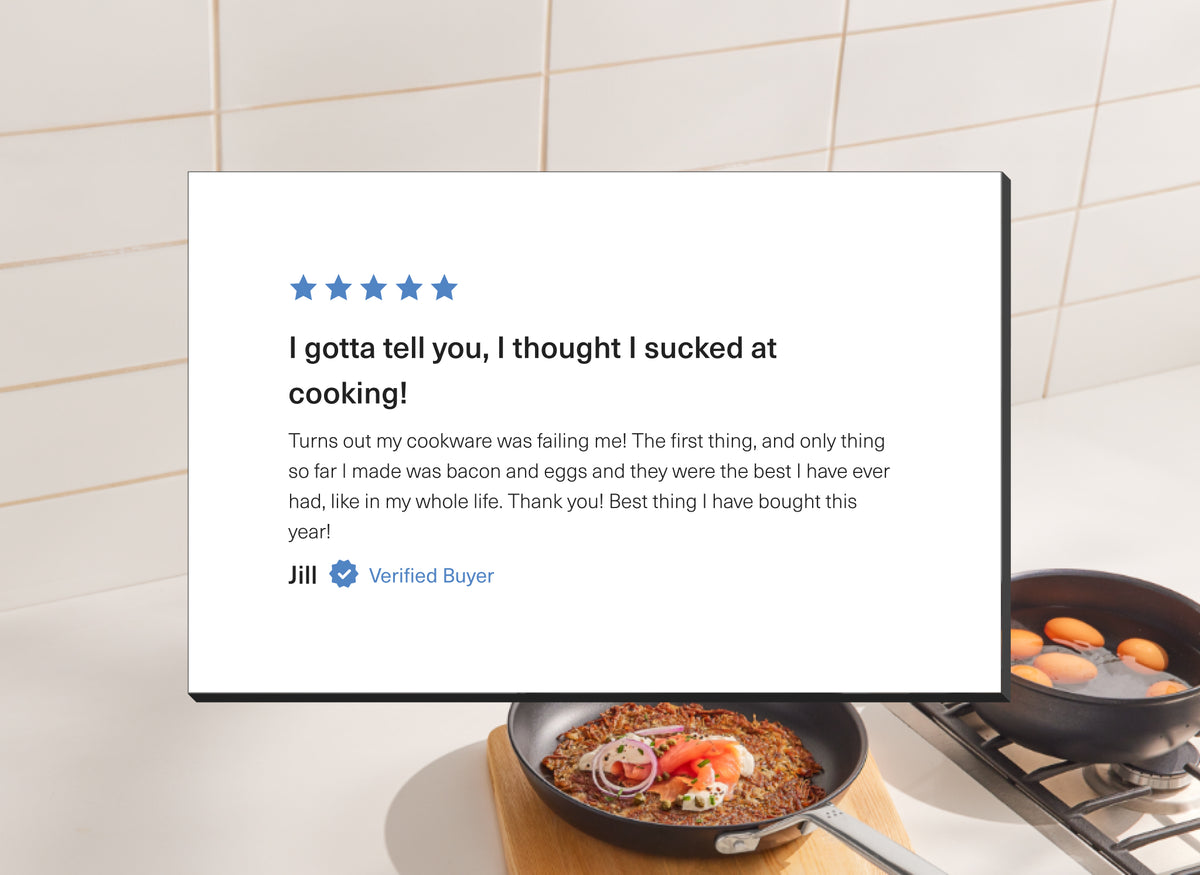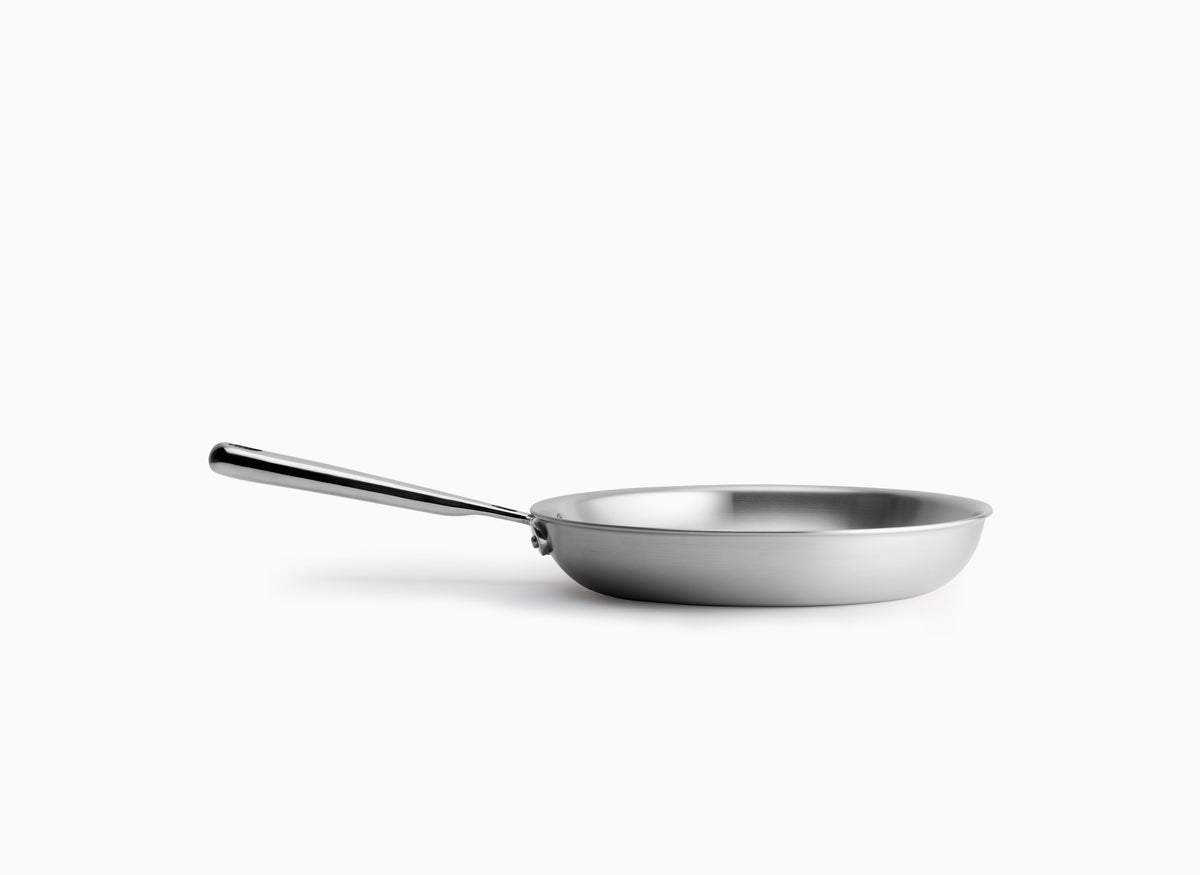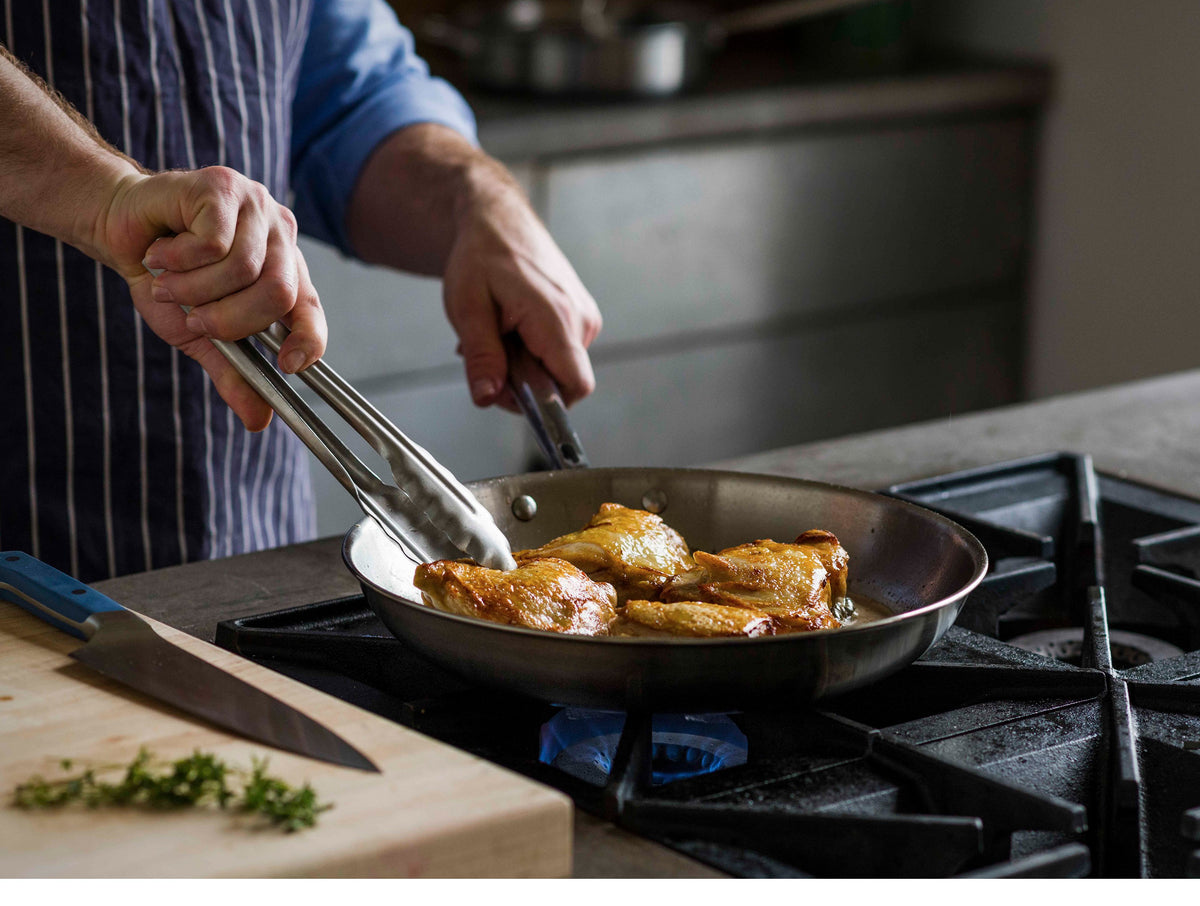How to Choose the Best Nonstick Cookware for Your Kitchen
 It’s useful to have a few different sizes of nonstick cookware for a range of cooking purposes.
It’s useful to have a few different sizes of nonstick cookware for a range of cooking purposes.
- Nonstick skillets are the best tool when working with delicate or runny food that tends to stick to most other surfaces.
- Aluminum and stainless steel are the most popular base materials for a good nonstick pan.
- The three most popular types of nonstick surfaces are PTFE, ceramic, and hard-anodized aluminum.
How do you know when you need a good piece of nonstick cookware? If you’ve ever been elbow-deep while scrubbing a pan, if you can’t stand to pry off another piece of burnt-on food bits, if you’re tired of the scratching sound that metal on metal makes during a stir-fry — you need a good piece of nonstick cookware.
Luckily, the choices on the market are many. There are literally tens of thousands of options (over 1,000 on William Sonoma and 20,000 on Amazon, alone). Single nonstick frypans are available for as low as $20, while complete multi-piece sets can go as high as a few hundred dollars.
When buying a new nonstick pan — or any piece of cookware, for that matter — it helps to know a few things about what you should look for. The following is intended to guide you toward the best piece of nonstick cookware for all your culinary needs.
Why You Need Nonstick Cookware
Some people may think that all cookware should have a nonstick surface. If it makes cooking and cleaning so easy, why not apply it to everything?
Well, for starters, a nonstick surface isn’t actually ideal for all kinds of cooking. If you’re craving a flavorful, seared steak or thick, caramelized onions, for instance, nonstick is not the way to go. Its nonstick properties prevent food from adhering to its surface (which is needed to achieve the desired browning), leaving the dish to just cook in its own juices.
Furthermore, with liquid-based dishes, like broths and stews, nonstick is simply not needed. The high ratio of water or stock is more than enough to keep the food from sticking to the cooking surface.
So when do you need nonstick cookware? Nonstick cookware is best when working with food that tends to stick (without you intending for it to). This usually includes ingredients that are more delicate, like eggs, pancakes, fragile fish and seafood, or any other dish that requires a lighter touch. Nonstick is also good for any dish that tends to spread and stick, such as cheesy quesadillas, sweet and sour pork, or a honey garlic glaze.
This is because nonstick prevents any form of stick at all. Admittedly, these dishes are very specific, but also very common when you think about it. Consider all the times the average household scrambles an egg, pan fries a fish, or reheats last night’s Chinese take-out. This definitely adds up.
Most of the dishes that require a nonstick surface are best made using a skillet or frying pan silhouette. So when it comes to nonstick cookware, having a high-quality nonstick skillet is your best bet.
What to Look for in a Good Nonstick Skillet
 A good nonstick skillet is one that’s lightweight and made with an aluminum or stainless steel core.
A good nonstick skillet is one that’s lightweight and made with an aluminum or stainless steel core.
When looking for a nonstick skillet, like any other piece of cookware, it’s important to consider the size, type of metal used, and overall construction.
Skillets are defined by a flat bottom, low sides with a slight outward curve, a long handle, and usually no lid. A standard skillet is typically 8-12 inches in diameter, measured from top edge to top edge.
If you do a lot of cooking — especially a lot of quick cooking — it may be beneficial to have a few nonstick skillets on hand. A smaller skillet, about 6 inches to 8 inches, is good for small snacks and side dishes, while a larger 10-inch to 12-inch skillet is good for family-sized meals and full dishes.
Underneath its nonstick coating, a pan can be made from a variety of materials. The ideal complements to nonstick, however, are stainless steel or aluminum. (Copper may also be used, but due to its comparatively high cost and the replaceable nature of nonstick, it’s not the best option.)
Stainless steel is, of course, one of the most common cookware materials. It’s resistant to corrosion and rust, highly durable, and has the added benefit of being non-reactive (meaning it can be used with pretty much any ingredient). However, stainless steel cookware is not a very good heat conductor.
Rather, aluminum or anodized aluminum make the best nonstick pans, thanks to their excellent heat-conduction properties. Aluminum pans are able to heat up quickly, which means food preparation will require less time and energy.
The material is also corrosion-resistant, and when bonded with the right stainless steel plate, it’s very versatile — able to be used for gas, electric, and induction cooktops. Although aluminum is a reactive material (not good for cooking with acidic ingredients like tomatoes or vinegar), when used as a core conductor beneath a nonstick surface, it creates a good combination for nonstick cookware.
Plus, aluminum nonstick cookware is naturally lightweight, which lends itself well to all the shaking and flipping that goes hand in hand with most skillet-style cooking.
Types of Nonstick Coatings
 The most popular nonstick surface in cookware today is PTFE, followed by ceramic and hard-anodized aluminum.
The most popular nonstick surface in cookware today is PTFE, followed by ceramic and hard-anodized aluminum.
There are three types of nonstick coatings currently found in cookware. While most are oven-safe, none are dishwasher safe. They should be hand-washed after each use. Furthermore, it's best to use wood or silicone utensils (not metal utensils) when working with nonstick cookware.
The original nonstick cooking surface is polytetrafluoroethylene (PTFE), which was developed by Dupont in 1938, and later appeared on the market under the brand trademark “Teflon” in 1946. When used to coat a pan, PTFE creates a surface that food simply slides off of.
Since then, many manufacturers have emerged that also make this ingenious nonstick material. And while modern applications of PTFE have been confirmed as safe for cooking and food use, make sure the pans you purchase are PFOA-free and keep temperatures below 500° Fahrenheit — which is well above the temperature at which meat starts to cook (160° Fahrenheit), and water begins to boil (212° Fahrenheit).
Ceramic coating is a newer option in the nonstick cookware game. The coating is not actually ceramic, but a ceramic-like substance made of silica (which is a natural sand or stone). Unlike PTFE’s fine grain and almost velvety texture, ceramic creates a smooth, hard surface. It also offers heat distribution properties that are able to withstand a bit of high heat.
However, ceramic cookware is brittle and prone to chipping. Its nonstick-ability also wears off quicker than PTFE — lasting about a year, on average, and even less if not properly cared for. (You'll know it's time to replace a nonstick pan when there are visible scratches, hotspots, or uneven cooking.)
While anodized aluminum is already popular as a heat-conductive core, hard-anodized aluminum nonstick (an extension of the process) is now being used on cookware surfaces. Hard-anodized aluminum has been hardened through an electrolytic process, which adds an oxidized layer that is nonstick, scratch-resistant, and twice as hard as stainless steel. While hard-anodized nonstick is becoming a popular choice among cooks, the coating is not completely nonstick and still needs quite a bit of cleaning
Stuck on Nonstick
No matter which coating you choose, having a trusty nonstick skillet (or two) in the kitchen is essential. It’s the one piece of cookware that guarantees a dish can be ready — from preheat to plating — in under 15 minutes. And after you’re done cooking, you’ll find that cleaning nonstick cookware is just as quick and easy.
